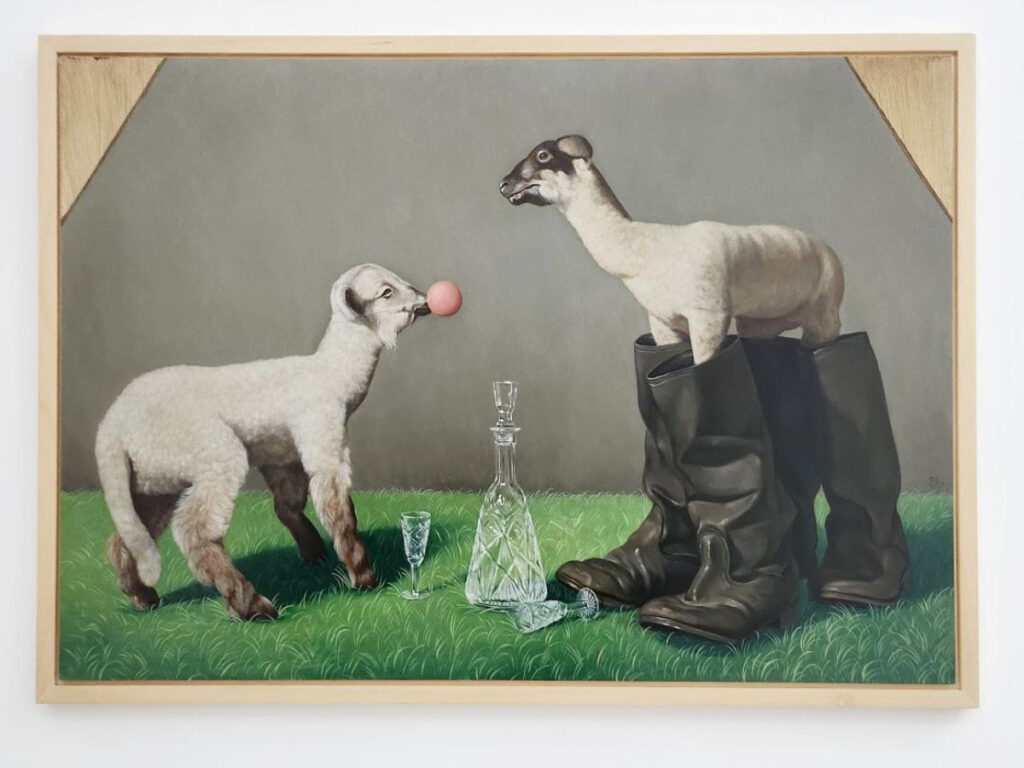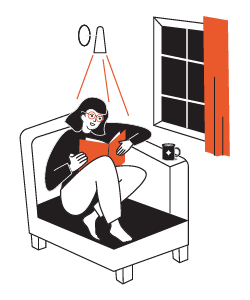Unsettled

Mostra collettiva.
Comunicato stampa
Unsettled
José Barrias, Ilya Fedotov-Fedorov, Anila Rubiku, Maria D. Rapicavoli, Liryc Dela Cruz, Hossein QB, Nazar Strelyaev-Nazarko
Opening 16 January 2025 - 18.30
Ncontemporary Milan
Leaving one’s place of origin is an act imbued with emotional complexity. For some, it may be a voluntary step toward a new life; for others, it is a decision shaped by external forces.
The exhibition Unsettled brings together seven artists from different generations, backgrounds and geographies, all of whom have experienced this process of departure. Through their works, they explore the meaning of belonging and the perpetual sense of being in transit. This collection of works offers a reflection on the concept of home, not simply as a physical space but as an emotional anchor reconstructed over time and composed of countless elements. Each artist provides a unique perspective on this space, which exists in constant tension between past and present. Their creative practices become a means to delve into and connect with these deeply personal experiences.
An illustrative example is the work of José Barrias (Portugal, 1944-2020), who left Portugal during Salazar’s dictatorship and settled in Italy, a country traversing an intense artistic upswing during the decade of the 60s. The social transformation and the emergence of new artistic movements, such as minimalism and conceptual art, profoundly marked Barrias’s work, which is focused on memory and time. His art revolves around the personal and the historical, revealing the fragile and subjective nature of memory. This reflection on memory and time is also present in the work of Ilya Fedotov-Fedorov (Russia, 1988), now based in New York. Fedotov-Fedorov explores the perception of his body through the lens of traumatic experiences.
Anila Rubiku (Albania, 1970) centers her artistic practice on cultural identity within migratory contexts, exploring themes of belonging, dislocation, and self-reconstruction. Using everyday objects such as textiles, Rubiku creates visual narratives that blend the traditional and the universal, emphasizing the symbolic power of the simplest elements as representations of culture and identity. Similarly, Liryc Dela Cruz (Phlippines, 1992), examines and investigates the labour of Filippino domestic workers, seeking to understand their day-to-day lives. Through video installations, he documents both the visible side, when they are working, and when they are resting to recover from long days of work.
Nostalgia for tradition resonates in the work of Hossein QB (Iran, 1990), whose sculptures reflect a profound connection to his Persian cultural heritage. Drawing on traditional miniatures and Persian mythology, his pieces transport us to a space where the ancient and the modern coexist. Both Rubiku and Hossein use elements of tradition to reconstruct their sense of belonging, suggesting that identity is not fixed but evolves by drawing on the past while adapting to the present.
The tension between local and global dynamics is also evident in the work of Maria D. Rapicavoli (Italy, 1976), who examines control and power in the context of migration. Now based in New York, bu originally from Sicily, Rapicavoli explores the intersection of personal experience and geopolitical forces, questioning how colonialism and migration policies shape the lives of those forced to move.
Finally, the work of Nazar Strelyaev-Nazarko (Ukraine, 1998), from Kharkiv —a region deeply affected by war—offers a personal and ironic reflection on the complexities of memory. His pieces, influenced by the post-Soviet imaginary, intertwine with European traditions, resulting in a body of work that feels distinctly ironic. Strelyaev-Nazarko invites us to view memory not as something tied to reality, but as deeply personal.



